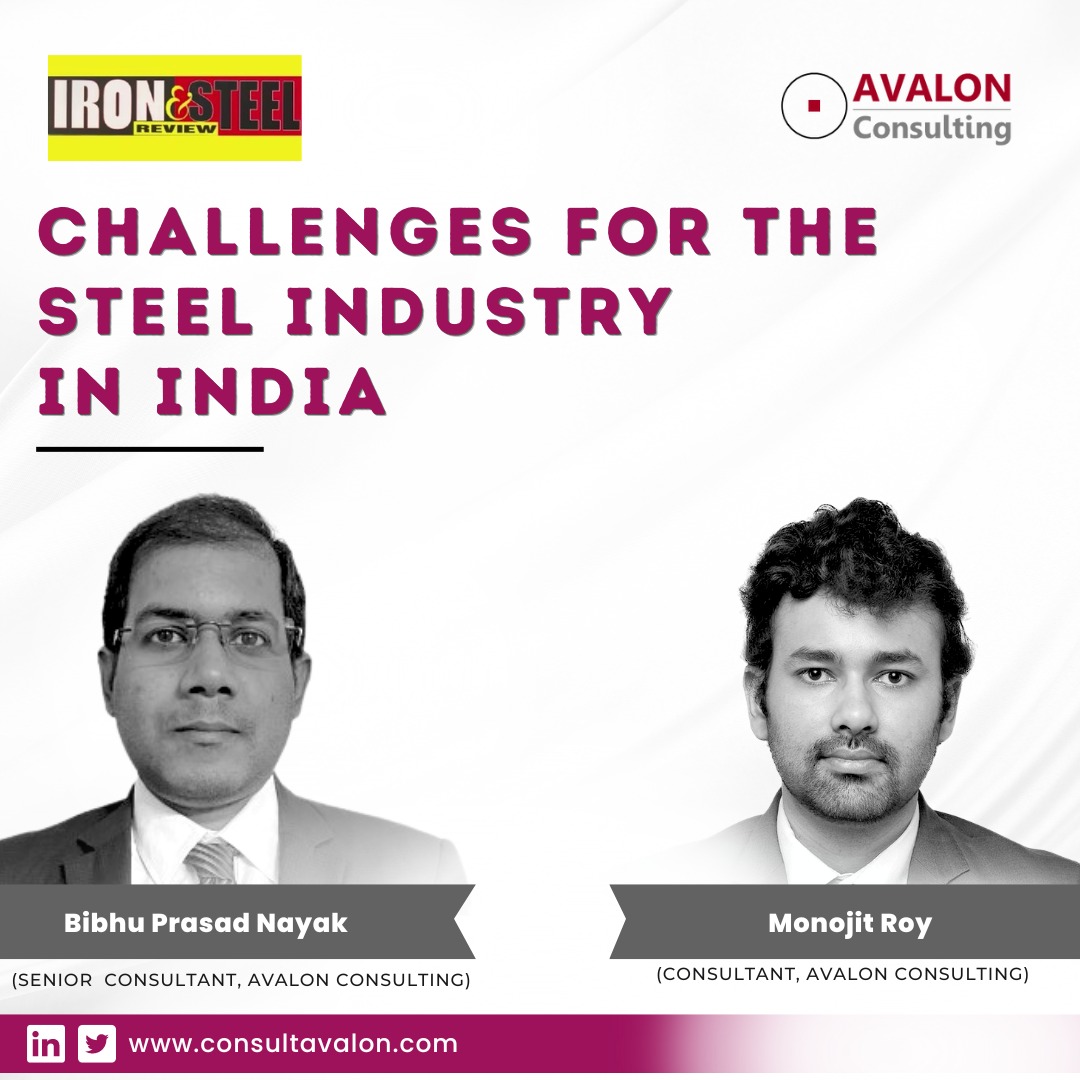Monojit Roy, Consultant, and Bibhu Prasad Nayak, Senior Consultant at Avalon Consulting, recently shared their views on the challenges and way forward for the steel industry in India with Iron & Steel Review Magazine. Despite being the world’s second-largest steel producer, India faces several hurdles in maximizing its potential.
The challenges include a relatively high cost of financing, with interest rates significantly higher than those in other major nations. Poor logistics and infrastructure pose obstacles to efficient transportation of raw materials and finished goods, resulting in higher costs for steel producers. Additionally, high taxes, duties, and cesses further increase the cost of doing business in the industry.
Furthermore, the limited domestic availability of coking coal, along with high energy consumption, adds to the challenges faced by Indian steel manufacturers. These factors contribute to a cost disadvantage when compared to global competitors, estimated to be between USD 80-100 per tonne.

To address these challenges, the industry (both public and private sectors) must collaborate with the government to reduce costs and enhance competitiveness. Initiatives like the National Steel Policy, the Production Linked Incentive (PLI) Schemes, and anti-dumping duties on Chinese steel products have provided some impetus to the domestic steel industry.
By addressing these challenges, the Indian steel industry can strive to achieve the targets set by the National Steel Policy, including a production goal of 255 million tonnes by 2030 and a per capita steel consumption target of 160 kg. With the right measures in place, the industry can compete with global counterparts and establish a stronger presence in the international market.
